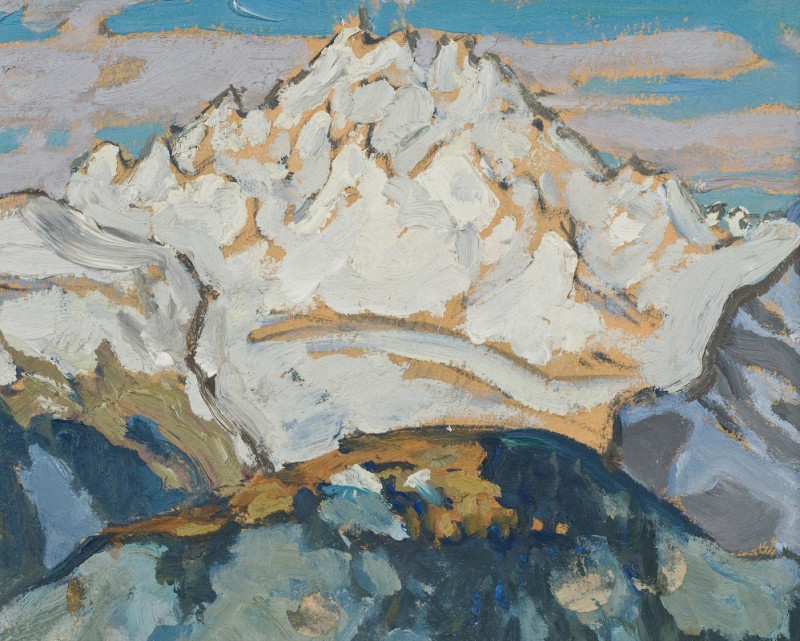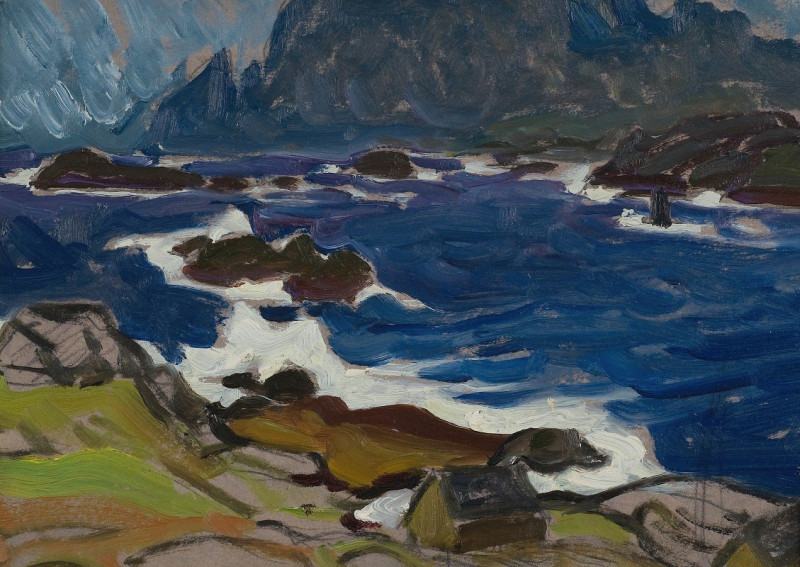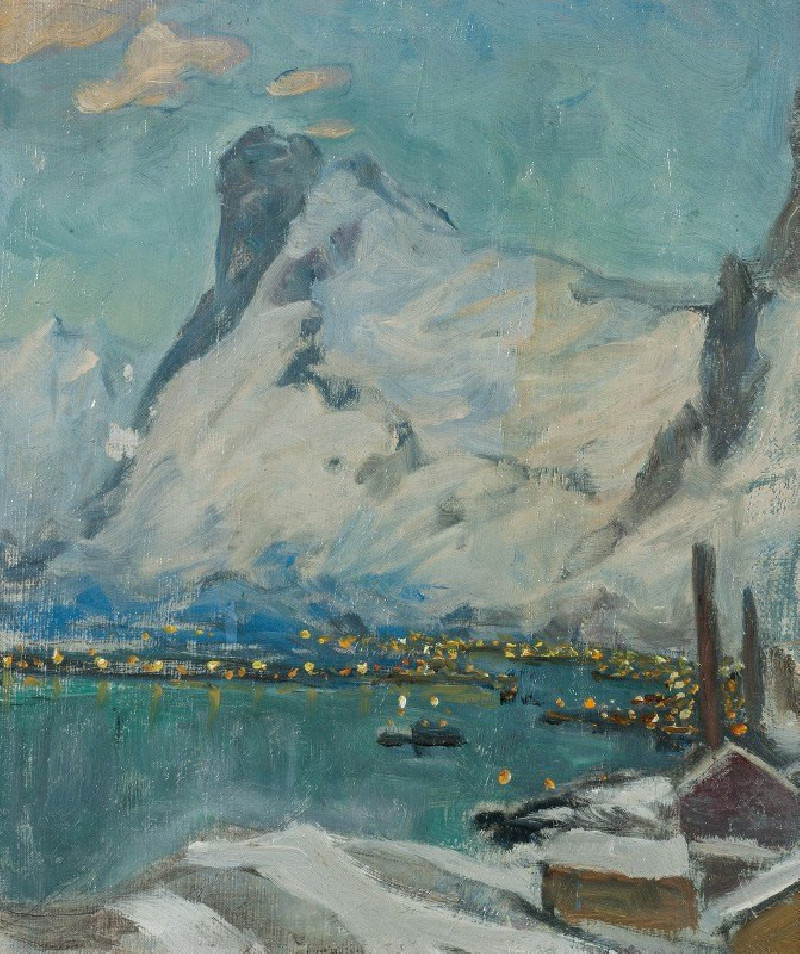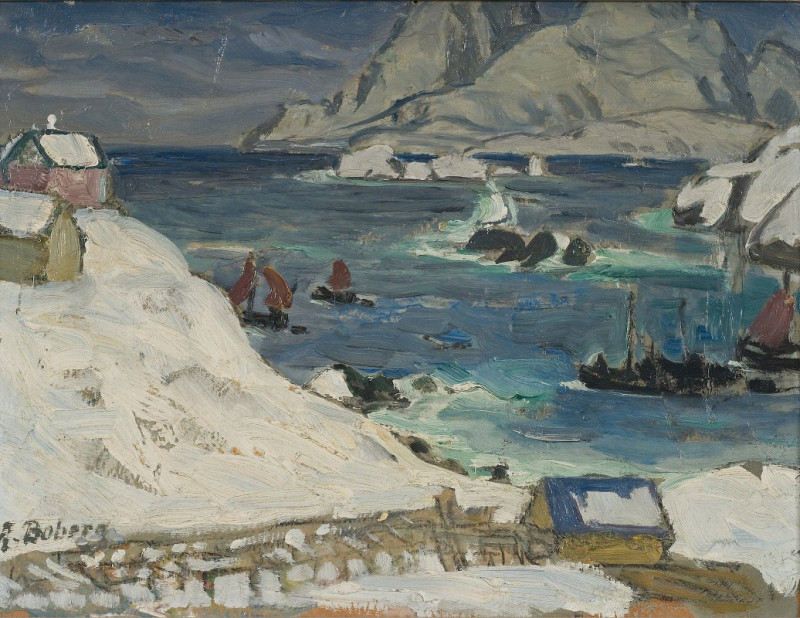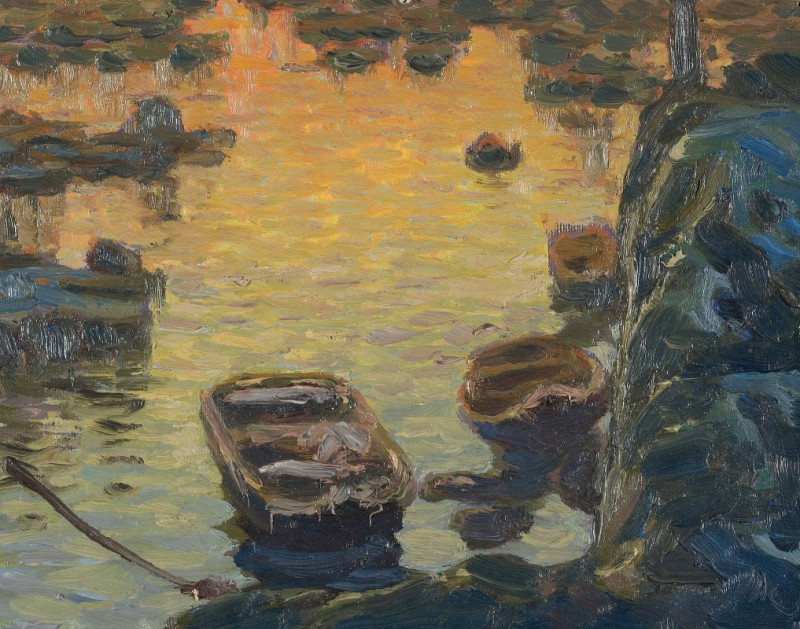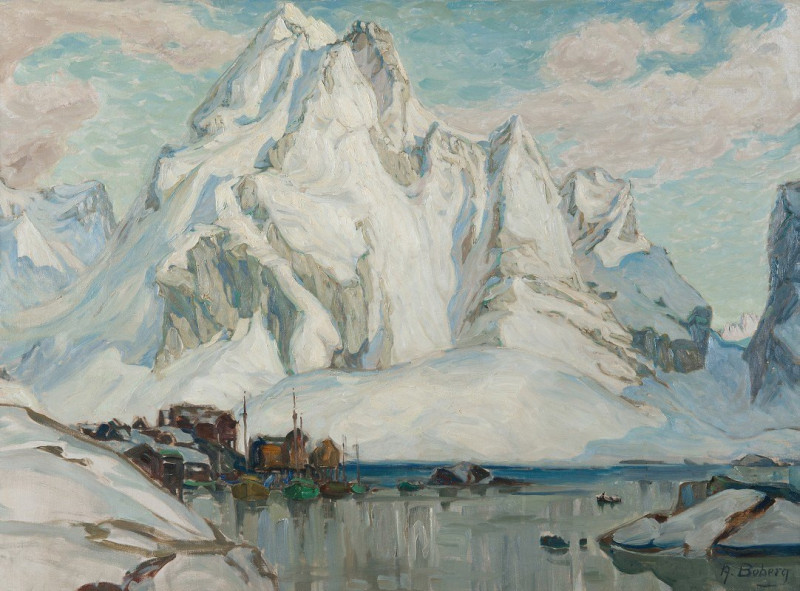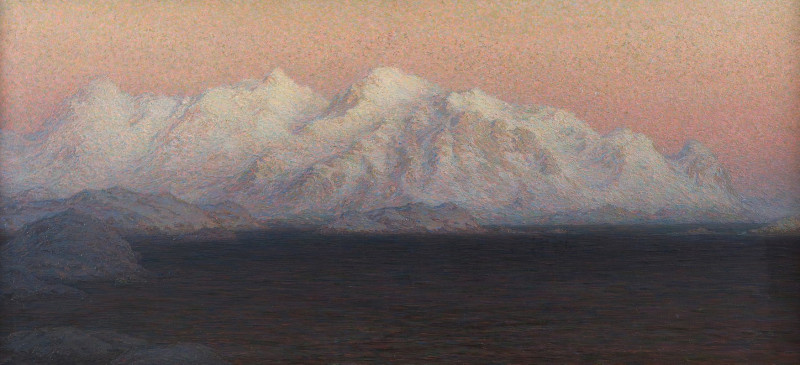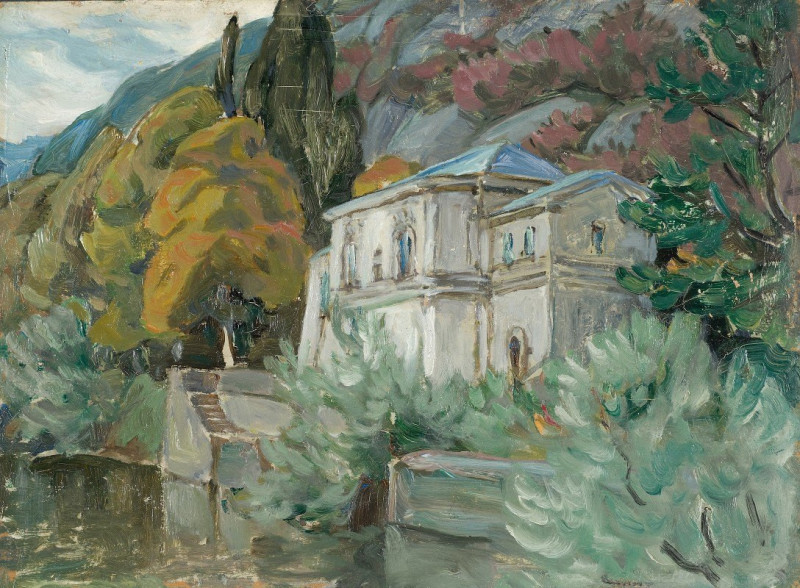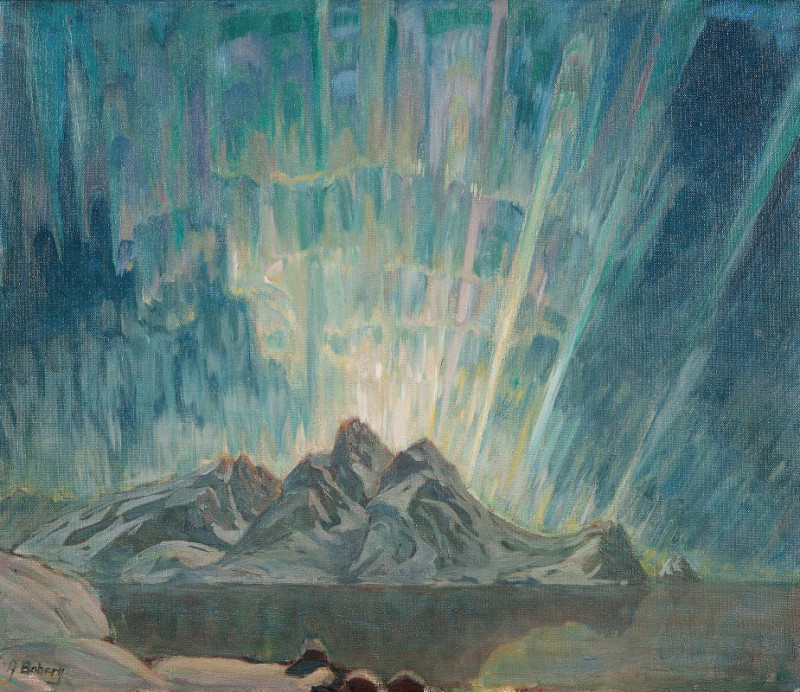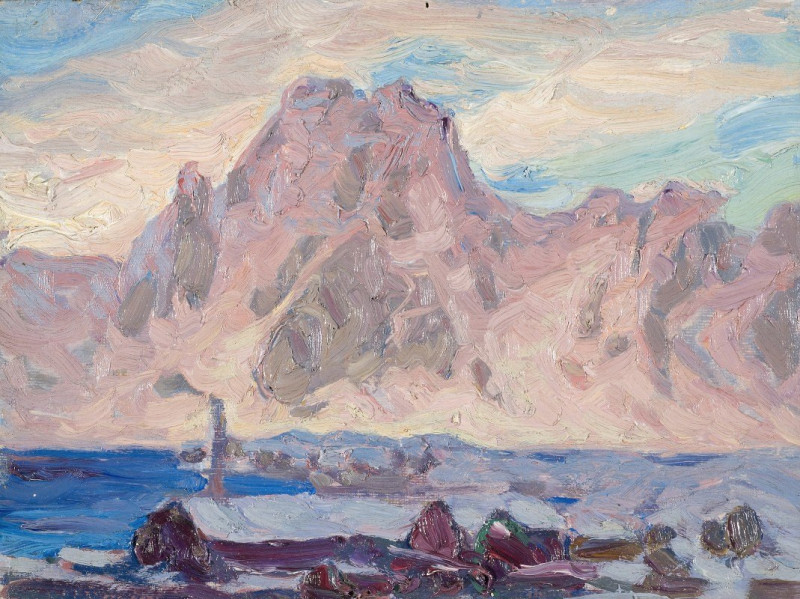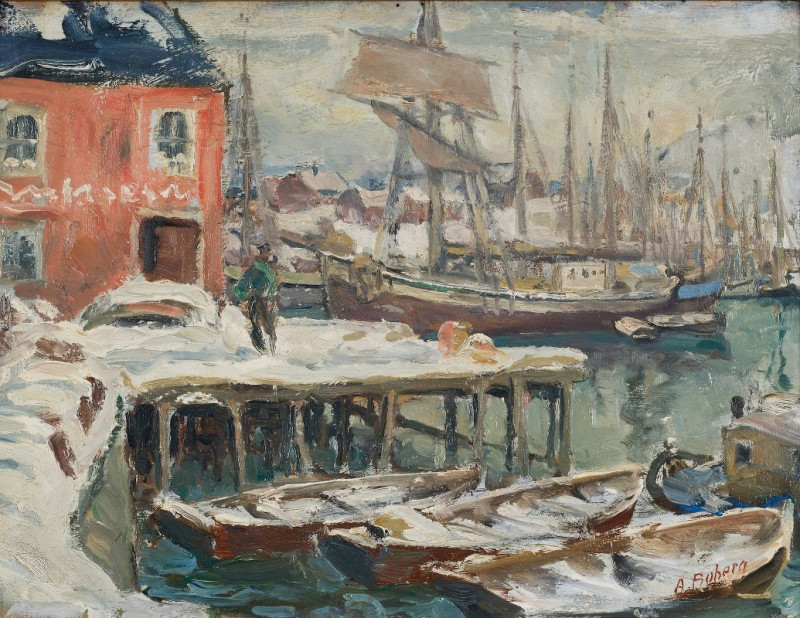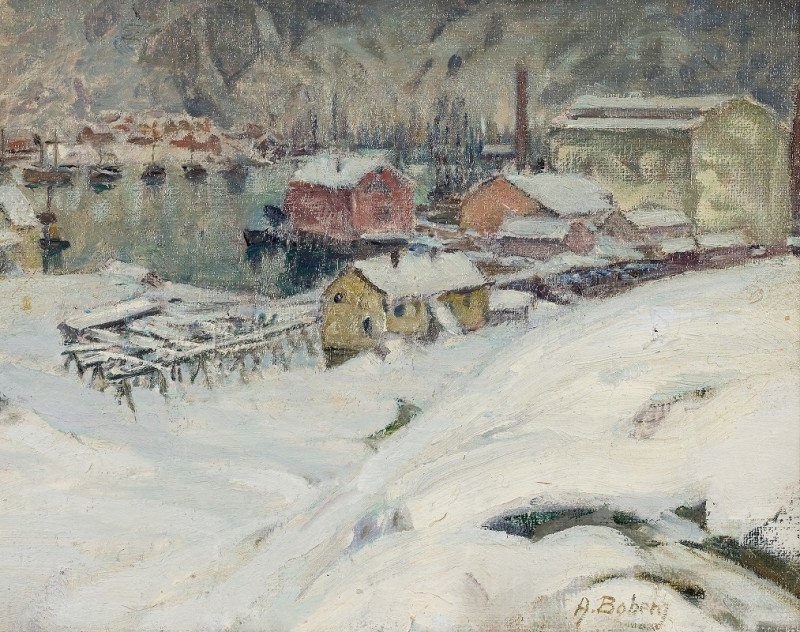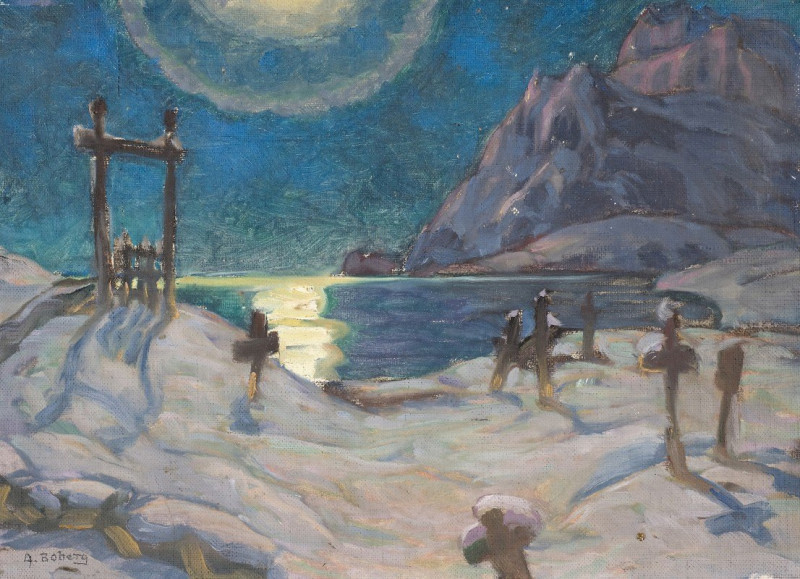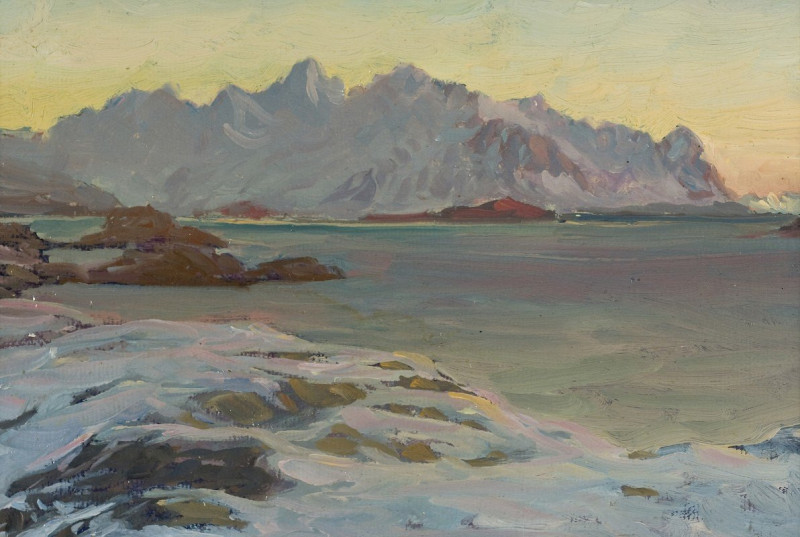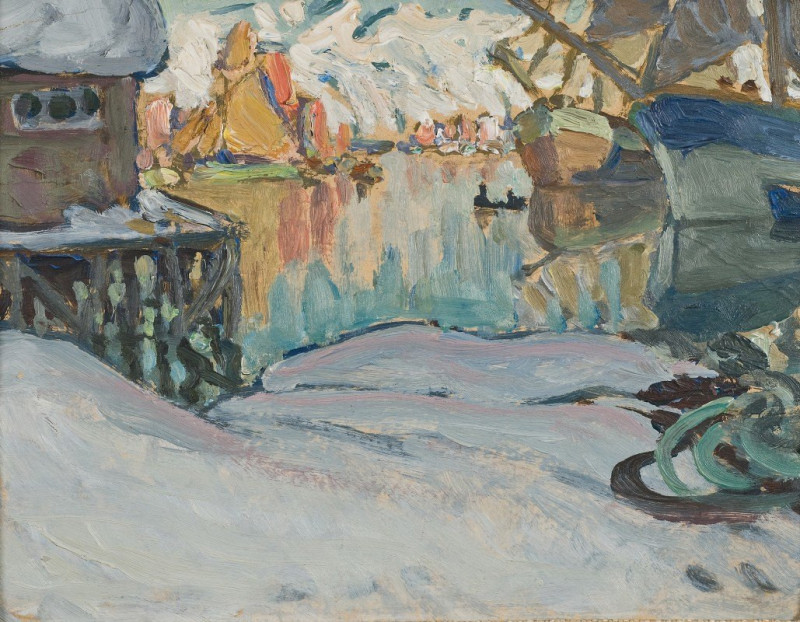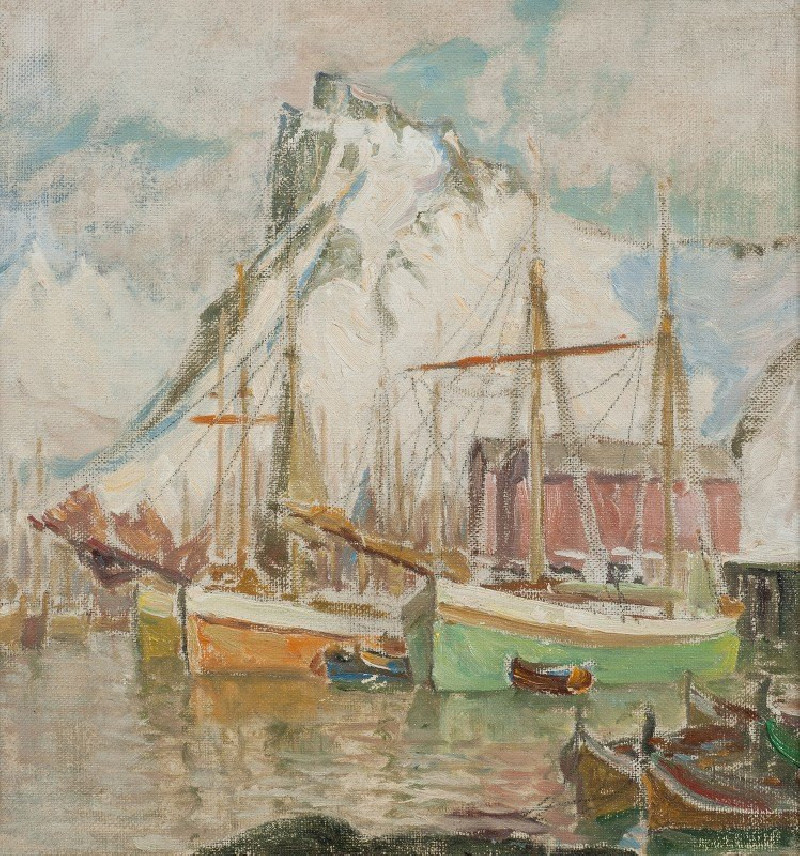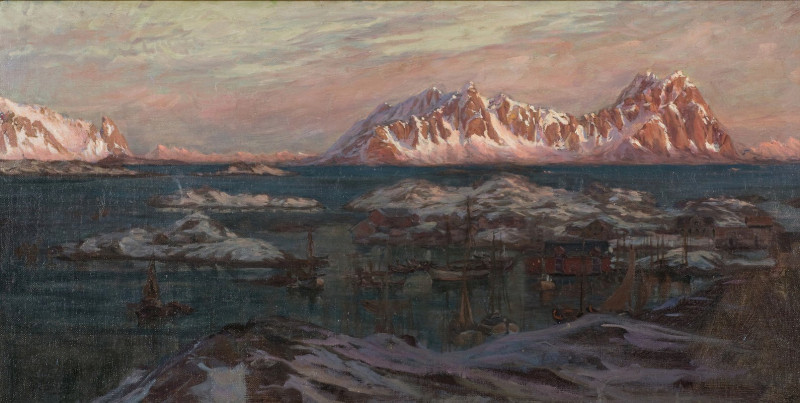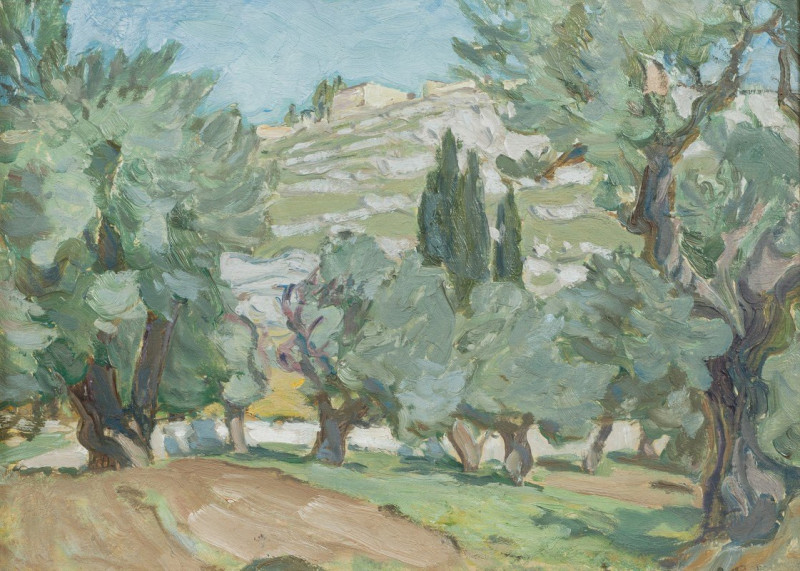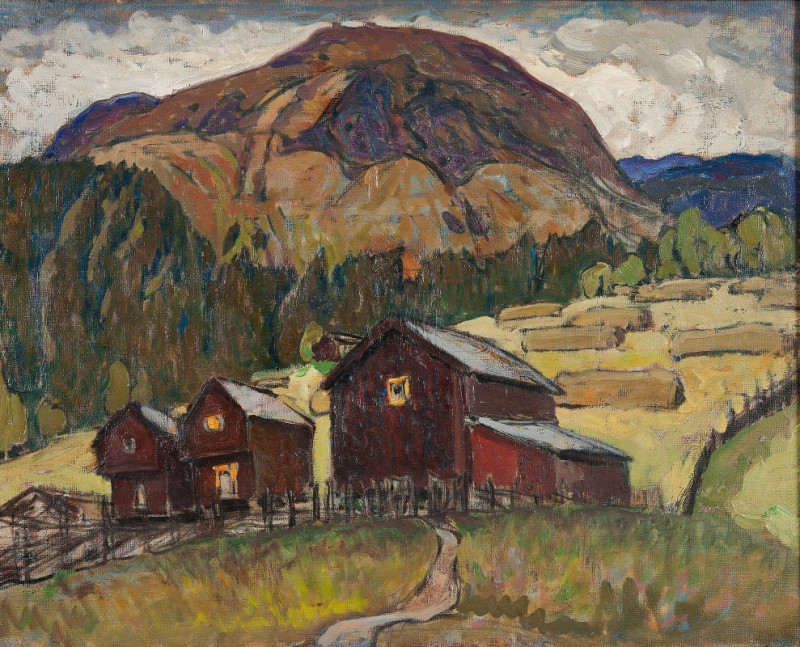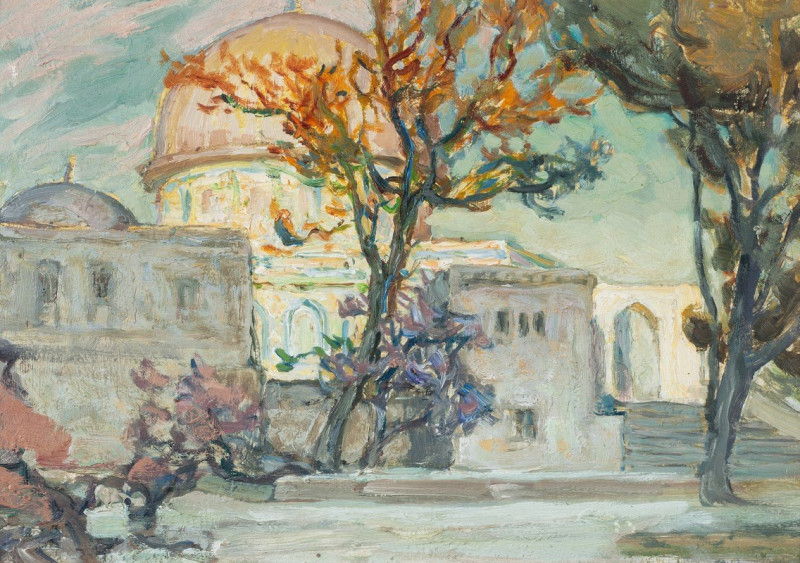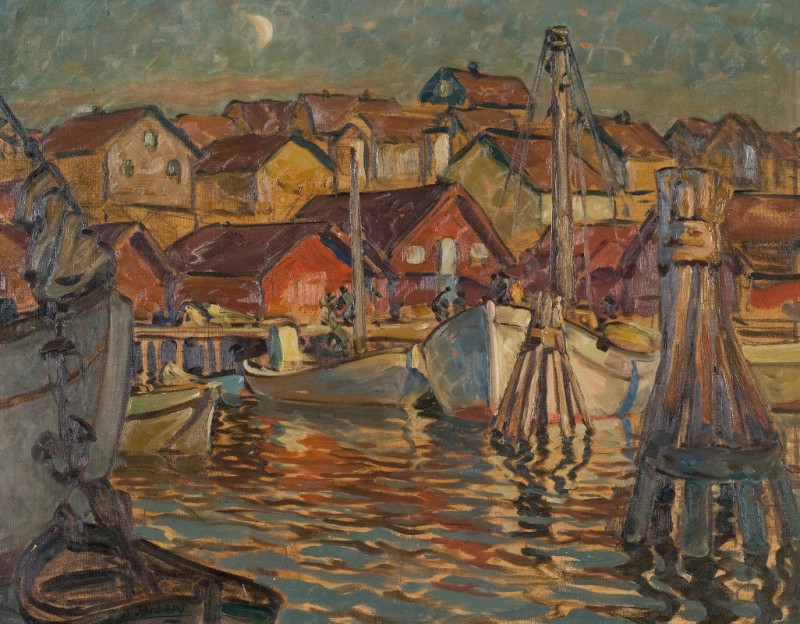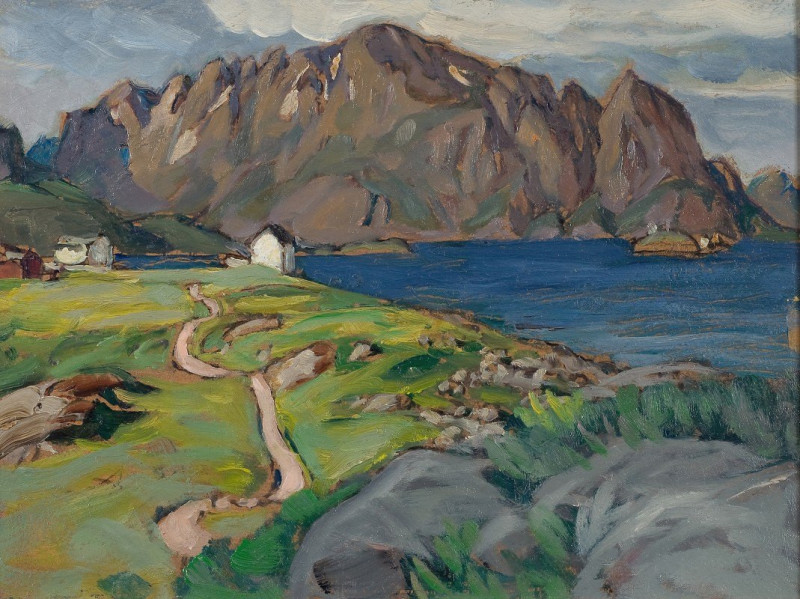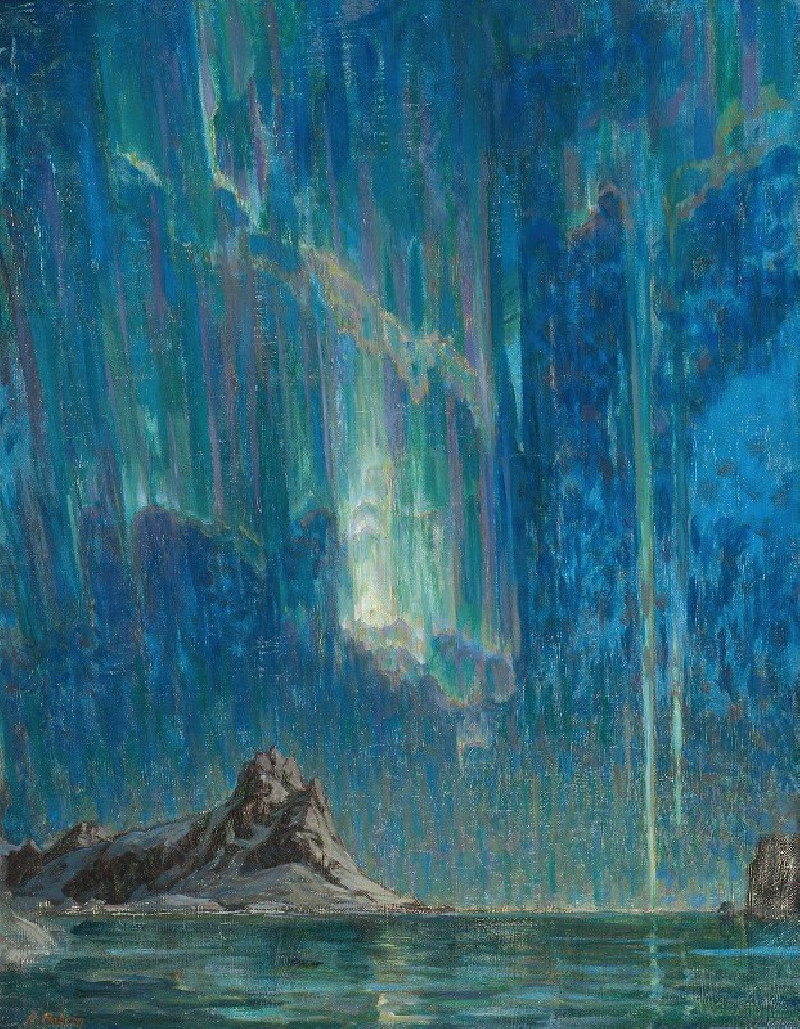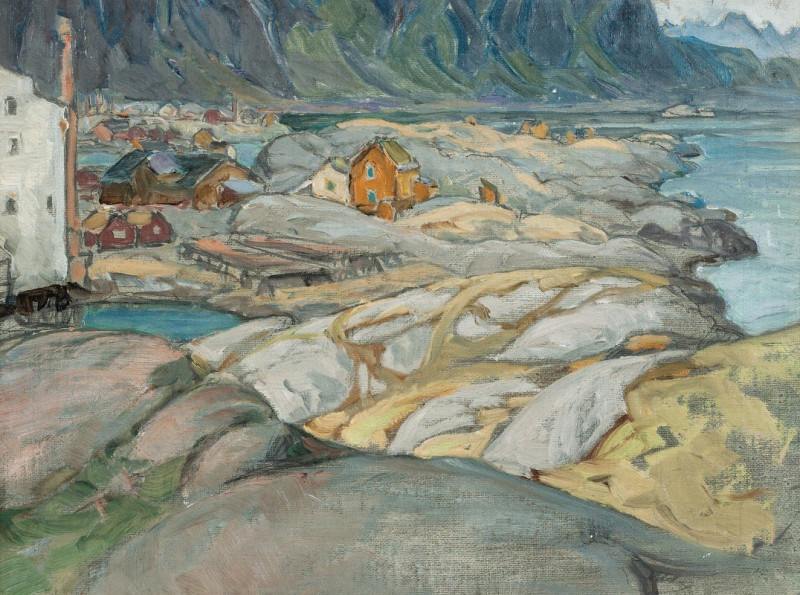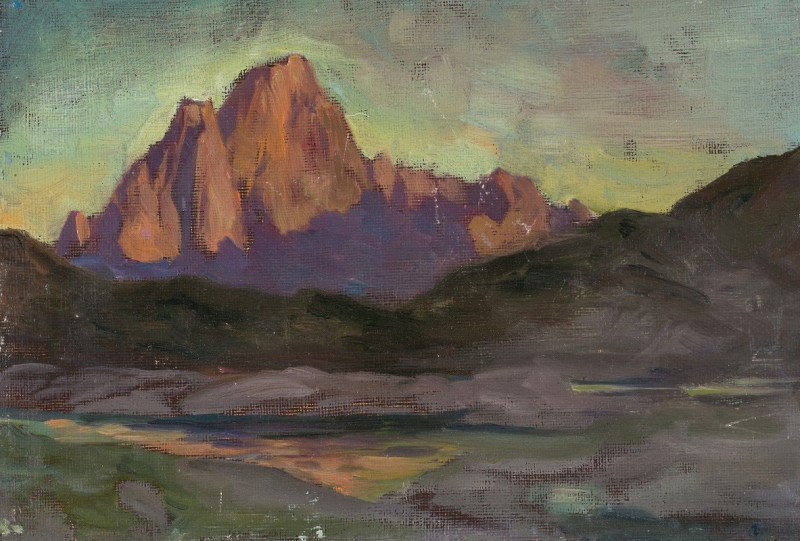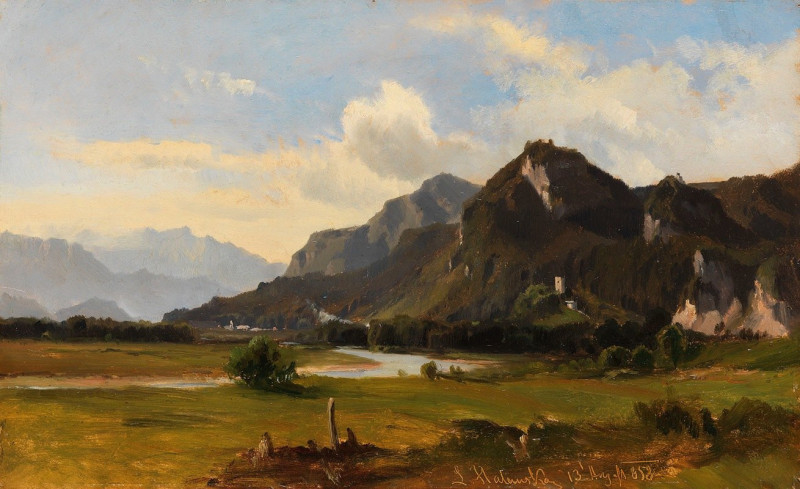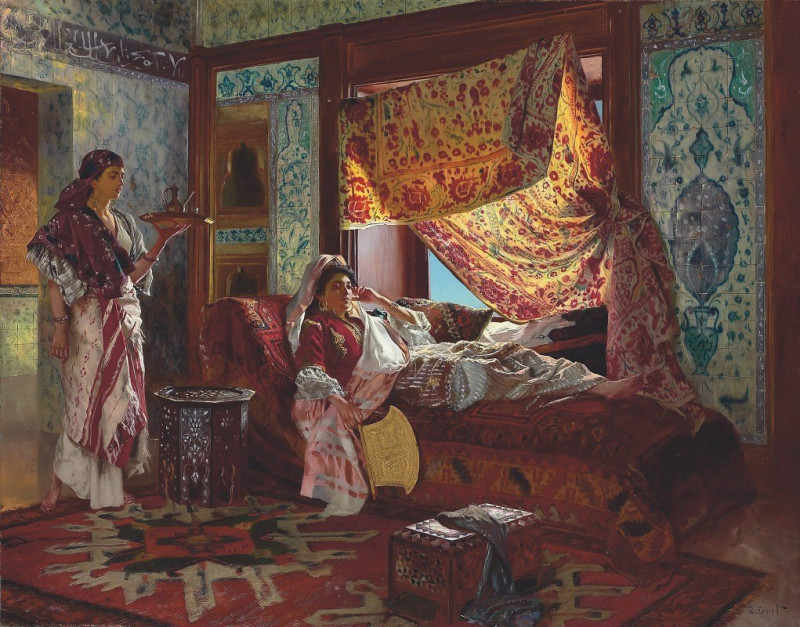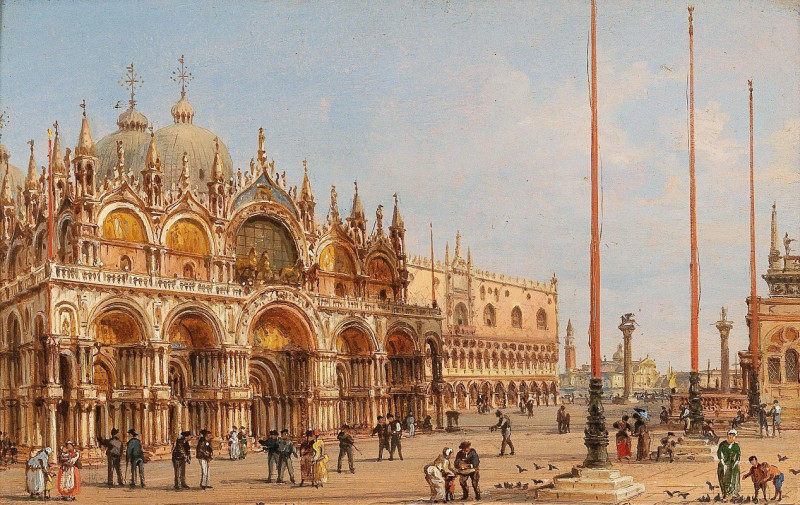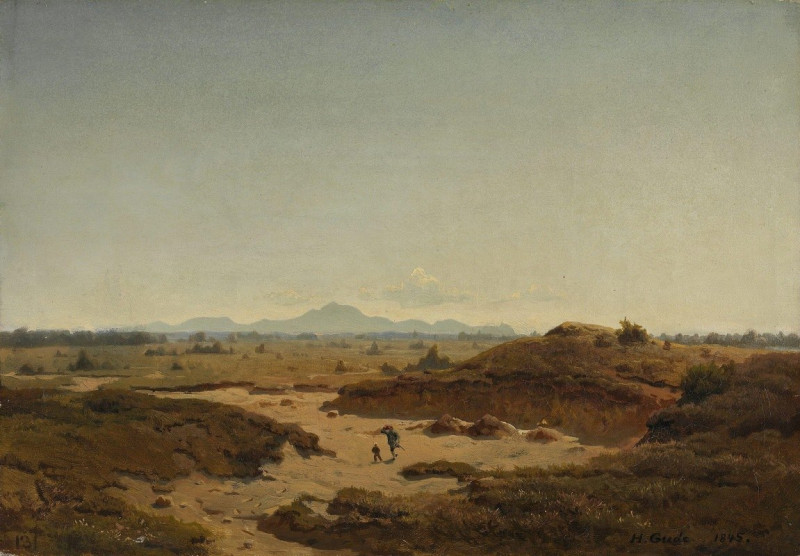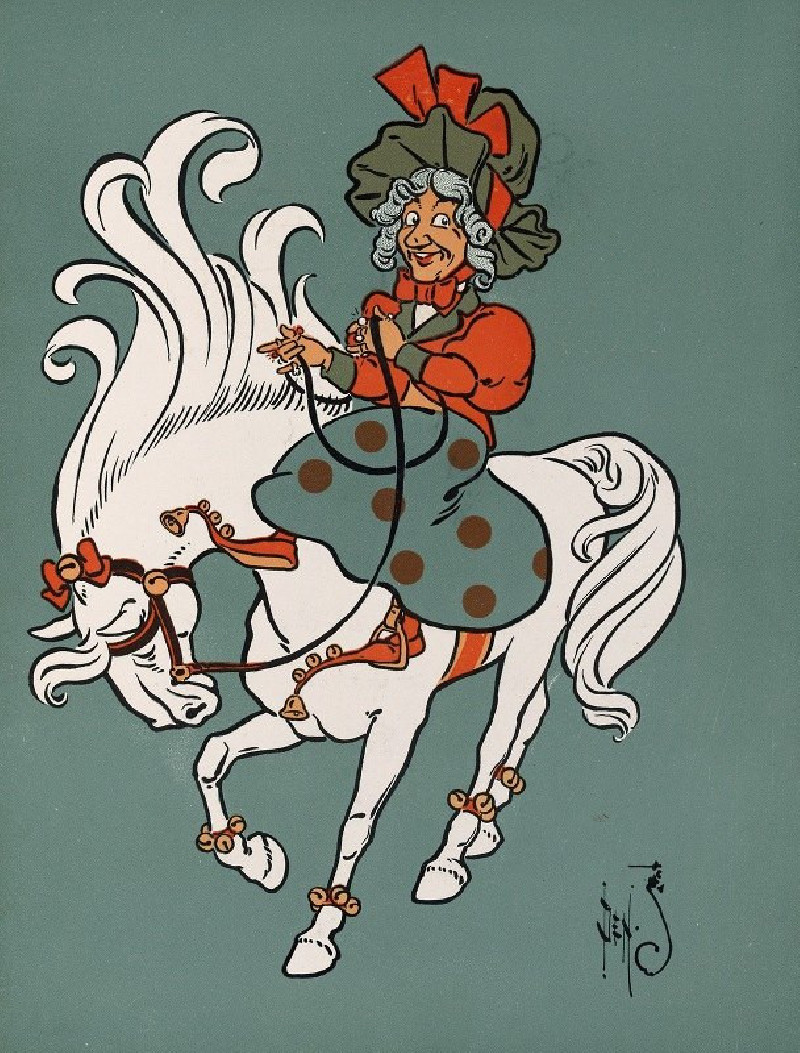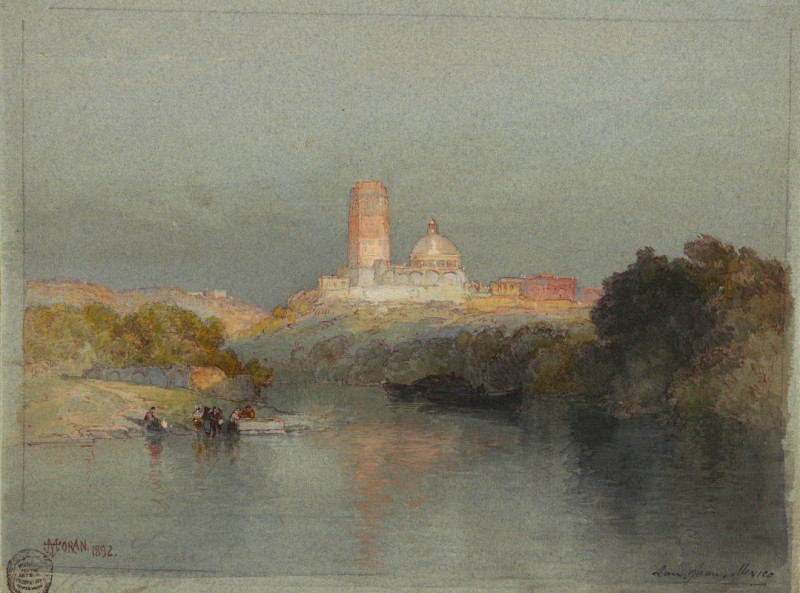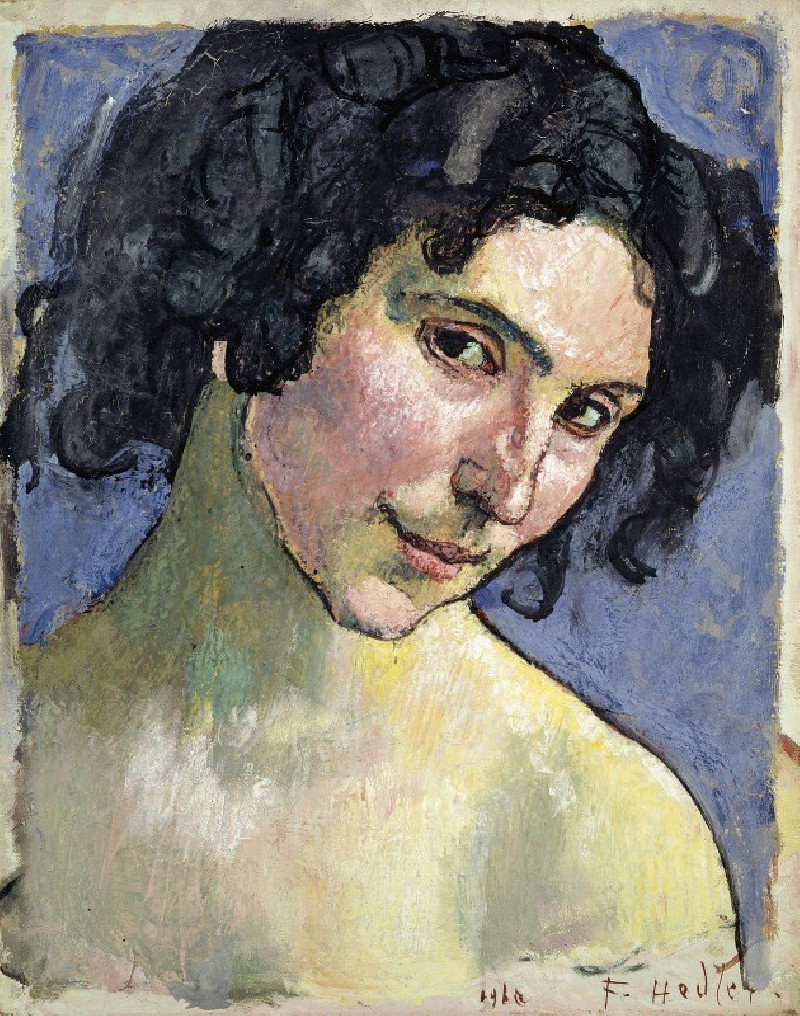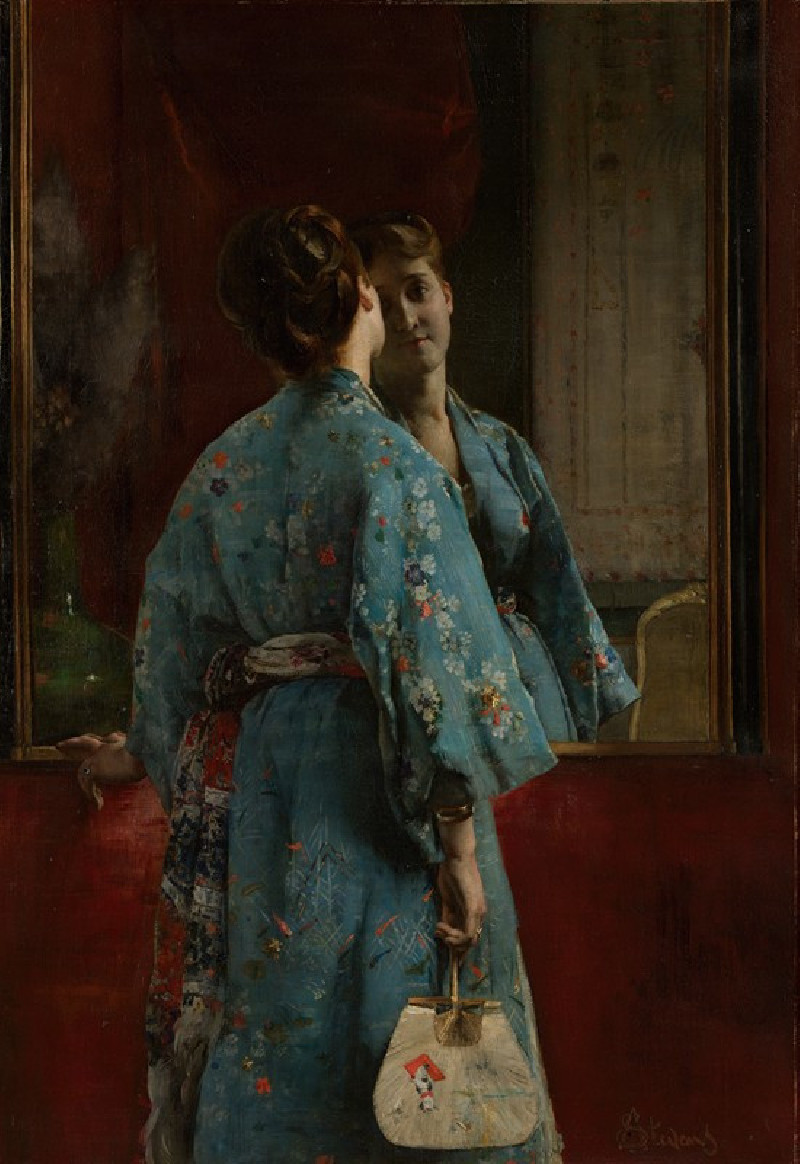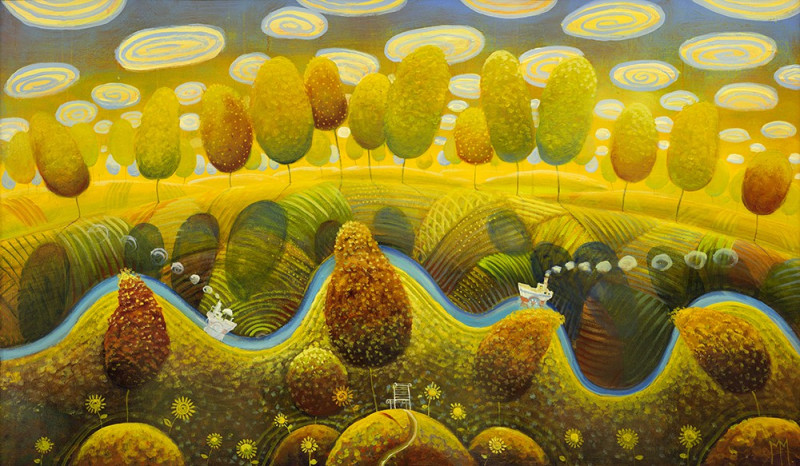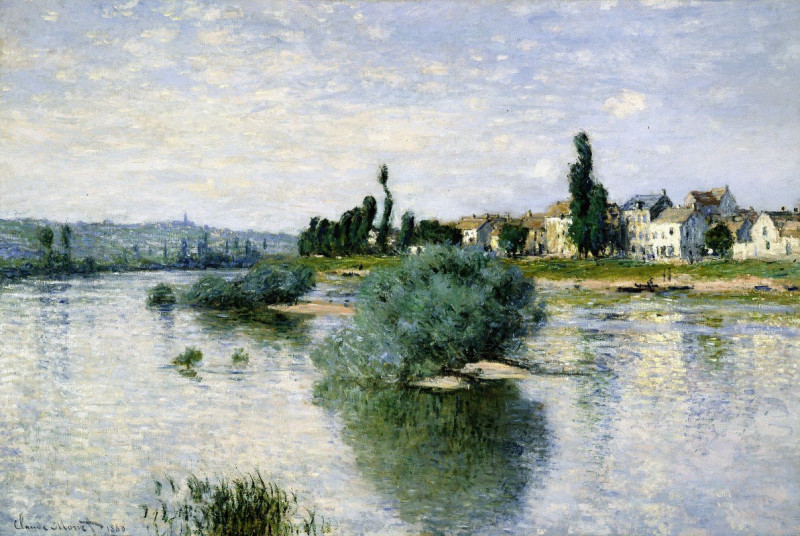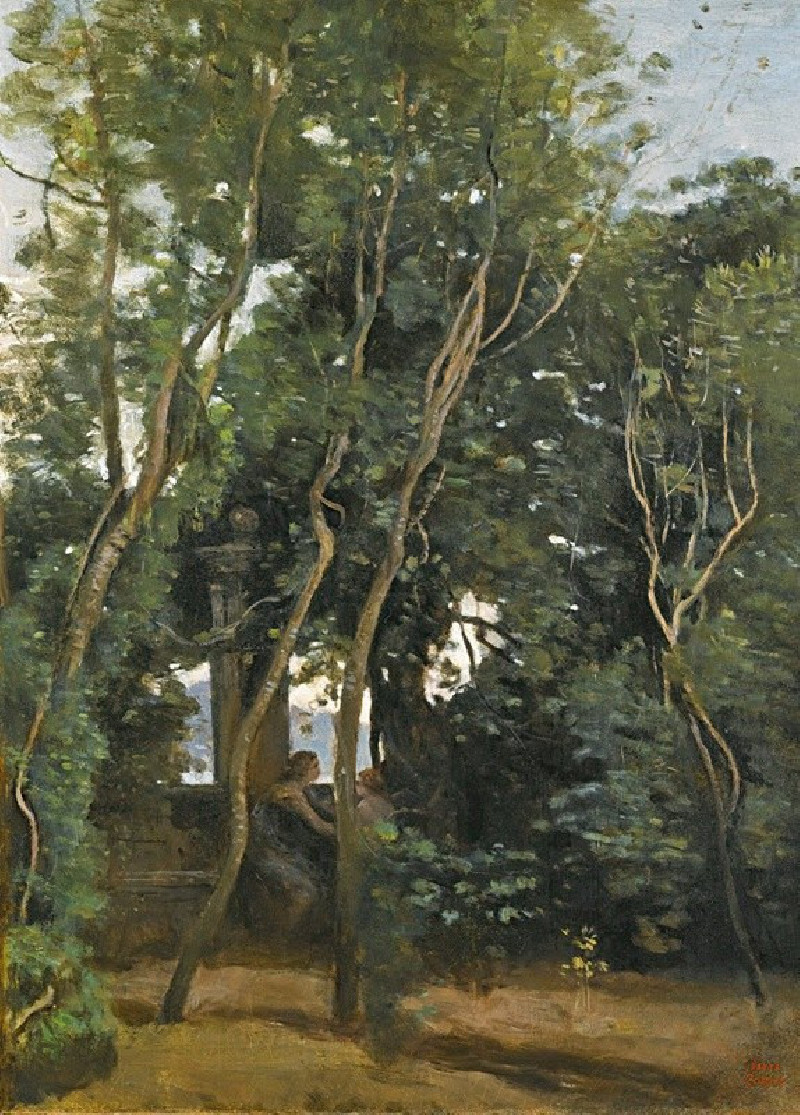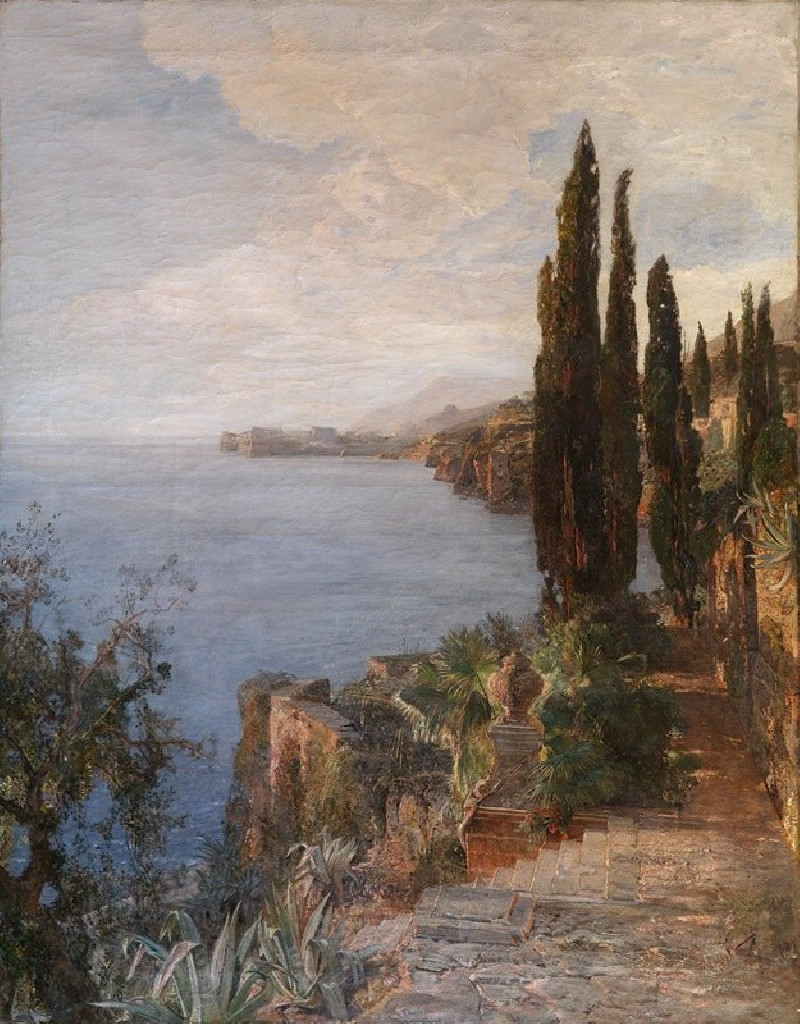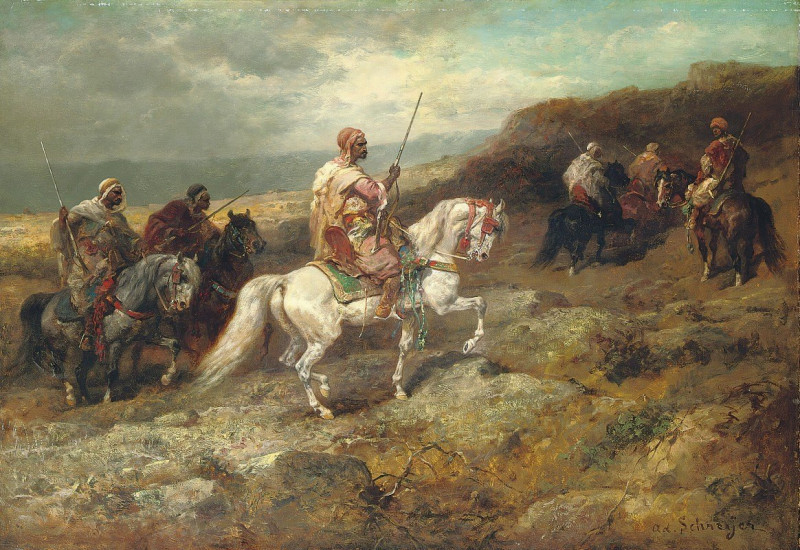The White Mountain Top. Study from Switzerland
Technique: Giclée quality print
Recommended by our customers
More about this artwork
Welcome to a captivating encounter with nature through the lens of Anna Boberg’s magisterial painting, "The White Mountain Top. Study from Switzerland". This striking piece captures the majestic beauty of a snowy Swiss mountain summit, portrayed with a bold and expressive technique that vividly conveys both texture and emotion.Boberg’s use of impasto, where paint is laid on an area of the surface in very thick layers, brings an almost tangible quality to the snow-capped peaks, allowing viewers to sense the crisp chill and ruggedness of the high altitudes. The contrast between the creamy whites and the earthy tones highlights the untouched purity of snow, juxtaposed against the sturdy, enduring rock formations beneath.The sky, painted in soft hues of blue and peach, adds a serene backdrop to the imposing mountain, suggesting the tranquility of a clear day. Meanwhile, the dynamic brushstrokes in the foreground, where patches of bare earth and sparse vegetation appear, symbolize the harsh climatic conditions that prevent lush growth at such towering heights.Anna Boberg’s artistic study not only celebrates the beauty of the Swiss alpine landscape but also subtly reminds us of the enduring power and the eternal challenge that these natural giants pose to mankind. This painting invites viewers to pause and reflect on the magnificence of our planet’s high reaches, drawing them into a deeper appreciation of nature's awe-inspiring spectacles.
Delivery
Returns
Anna Katarina Boberg (1864 – 1935) was a Swedish artist married to prominent architect Ferdinand Boberg. Boberg was a person of many artistic pursuits; initially she worked with ceramics and textiles and besides painting she also worked with set design and writing. She was of an artistic family, but never received any formal training in the arts, and is considered an autodidact. Many of her paintings are of northern Norway, which became Boberg's main focus for many years after a trip there in 1901. These works were not received very well in Sweden, but did much better in Paris. Boberg spent a great deal of time in the area near Lofoten in Norway, where she eventually had a cabin, and she made many of those trips on her own.

